In the vast, intricate tapestry of tattoo culture, few subjects resonate as deeply or as personally as the decision to cover up a name tattoo. It is a choice born not of regret, but often of evolution – a powerful statement of personal growth, changing circumstances, and the reclaiming of one’s narrative. For many, a name emblazoned on the skin once represented an unbreakable bond, a declaration of eternal affection or loyalty. However, life, with its unpredictable twists and turns, frequently leads individuals down new paths, where old allegiances may fade, relationships transform, or personal identities shift. The permanence of ink, once a cherished affirmation, can then become a poignant, sometimes uncomfortable, reminder of a past chapter.
Beyond regret: Why name tattoo cover-ups are a common solution
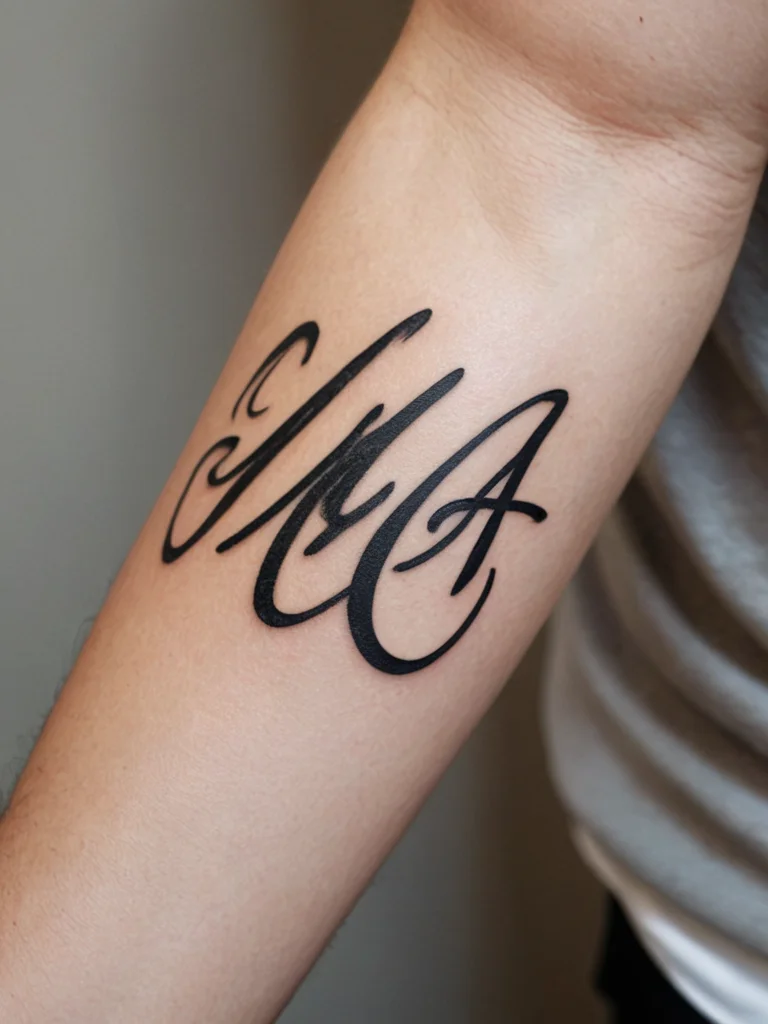
The journey of life is marked by constant change, and our skin, as the ultimate canvas, often reflects these personal odysseys. A name tattoo, while chosen with sincerity and affection at the time, can come to represent a relationship that has ended, a bond that has frayed, or even a phase of life that has been outgrown. The reasons for seeking a cover-up are as diverse as the individuals themselves, yet they frequently stem from universal human experiences. Perhaps a romantic partnership dissolved, leaving behind not just memories but a visible reminder on one’s arm or wrist. Alternatively, family estrangement can lead someone to wish to remove a relative’s name, or a shift in personal beliefs might render a once-meaningful dedication obsolete.
Professional aspirations can also play a significant role. In certain fields, visible tattoos, particularly those with personal names, might be perceived as unprofessional or distracting. For others, it is simply a desire for personal congruence; as an individual matures and evolves, their aesthetic preferences and the stories they wish to tell through their body art change. The person who chose that tattoo years ago might be fundamentally different from the person they are today, and their skin should reflect this evolution. It is crucial to understand that deciding to cover a name tattoo is not an act of erasing history, but rather an act of embracing the present and future. It is a proactive step towards aligning one’s outer self with their inner reality, transforming a lingering reminder into a fresh, meaningful piece of art.
Tattoo artists, with their profound understanding of both the technical and emotional aspects of their craft, view name tattoo cover-ups not as a problem to be fixed, but as a creative challenge and an opportunity for profound transformation. They recognize that this is a common and entirely natural request, reflecting the dynamic nature of human relationships and personal identity. Rather than dwelling on past choices, the focus shifts entirely to the exciting potential of the new design, turning a source of discomfort into a beacon of renewed self-expression. Think of it less as a deletion and more as an elaborate, artistic revision – like repainting a room with a fresh color scheme that better suits your current style, or remodeling a house to fit your evolving needs, rather than tearing it down completely. This positive outlook is fundamental to a successful cover-up journey.
The art of disguise: What’s possible when covering a name tattoo?
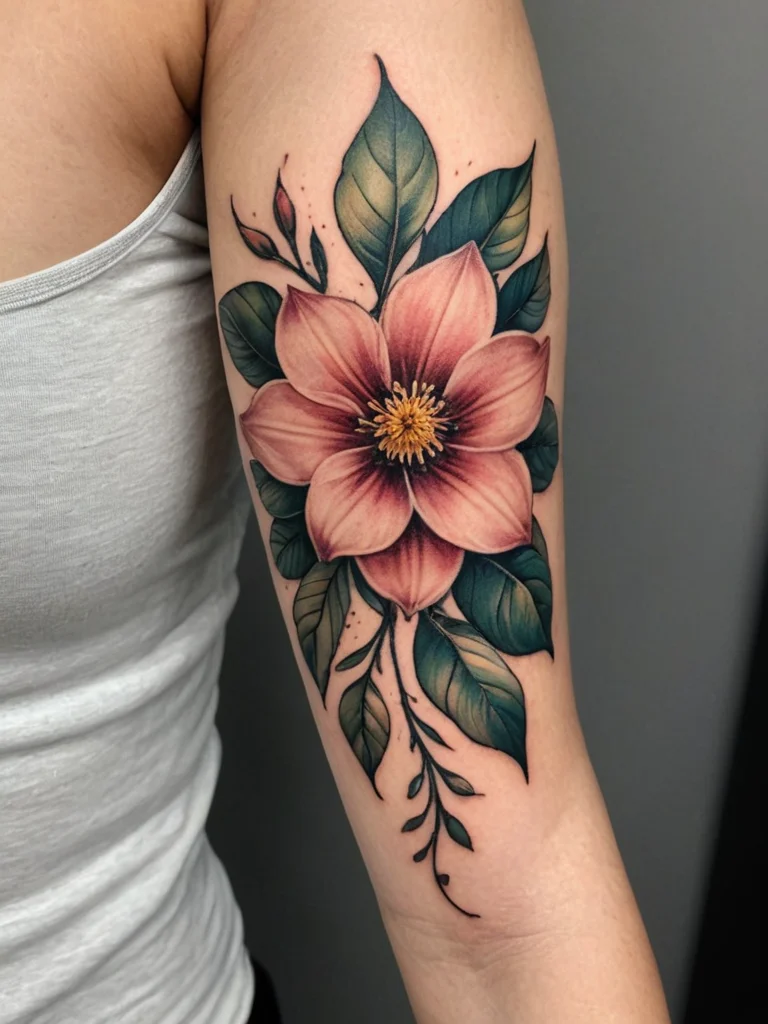
Covering a name tattoo presents a unique set of artistic and technical challenges for a tattoo artist. Unlike creating a fresh piece on pristine skin, a cover-up requires a strategic approach that takes into account the existing ink, its color, density, and placement. The primary goal is not just to obscure the old tattoo but to seamlessly integrate it into a new, compelling design that stands alone as a beautiful work of art. This is where the true artistry and technical mastery of a skilled cover-up specialist come into play, transforming what might seem like a limitation into an expansive canvas of possibilities.
The science of color theory is paramount in successful cover-ups. Darker pigments are inherently more effective at concealing lighter ones. This means that a black or very dark tattoo will likely require an equally dark or even denser new design to effectively hide it. However, it’s not simply about layering black over black. Experienced artists utilize the concept of saturation and contrast, manipulating the visual weight and depth of the new design to draw the eye away from the underlying text. They might employ a rich palette of deep blues, purples, greens, or even vibrant reds, carefully chosen to overpower and obscure the old lines, creating a visual distraction that makes the old tattoo effectively disappear within the new artwork. It’s an intricate dance of light and shadow, positive and negative space, where every stroke is calculated to contribute to the illusion of a brand-new piece.
The existing lines and shape of the name also dictate what is possible. A common misconception is that any new design can simply be placed over the old. In reality, the new tattoo must be significantly larger than the original to provide ample space for the artist to maneuver and to ensure the old lines are fully encompassed and integrated. The shape of the letters themselves can sometimes be cleverly incorporated into the new design, becoming subtle elements within a larger pattern or image. For instance, a curved ‘S’ might become a swirl in a wave, or an ‘L’ could form part of a tree branch. This level of creative integration requires an artist with a keen eye and extensive experience in visual problem-solving, someone who can see beyond the existing lines to the potential within them.
While the possibilities for transformation are vast, it is also important to manage expectations. Not every design is feasible for every cover-up. Very light, delicate designs with sparse linework are typically not suitable for covering dark, dense script. The new tattoo will almost always need to be larger and often darker or more densely packed with design elements than the original. An artist specializing in cover-ups will be transparent about these limitations, guiding you towards solutions that are not only aesthetically pleasing but also technically achievable. They might suggest a “blackout” approach for particularly stubborn or large name tattoos, where the area is completely filled with solid black ink. While this might sound extreme, skilled artists can then use negative space or intricate line work on top of the black to create stunning, modern, and impactful designs, turning a complete block of ink into a canvas for further artistic expression. This bold approach can be surprisingly beautiful and incredibly effective at creating a fresh start.
Furthermore, an increasingly popular and highly effective strategy involves pre-cover-up laser tattoo removal sessions. While not strictly a cover-up technique itself, laser lightening can drastically improve the chances of a successful and aesthetically pleasing cover-up. By breaking down the existing ink pigments, laser sessions can lighten the existing ink considerably, often to a point where a wider range of colors and designs become viable for the cover-up. This pre-treatment essentially “resets” the canvas to a degree, allowing for less dense, lighter-colored, or more intricate new designs that would have been impossible over a dark, un-lasered name. This hybrid approach offers the most creative freedom and can lead to truly breathtaking transformations, making the initial investment in laser sessions well worth it for those seeking ultimate artistic flexibility.
From initials to masterpiece: 5 creative cover-up strategies that work
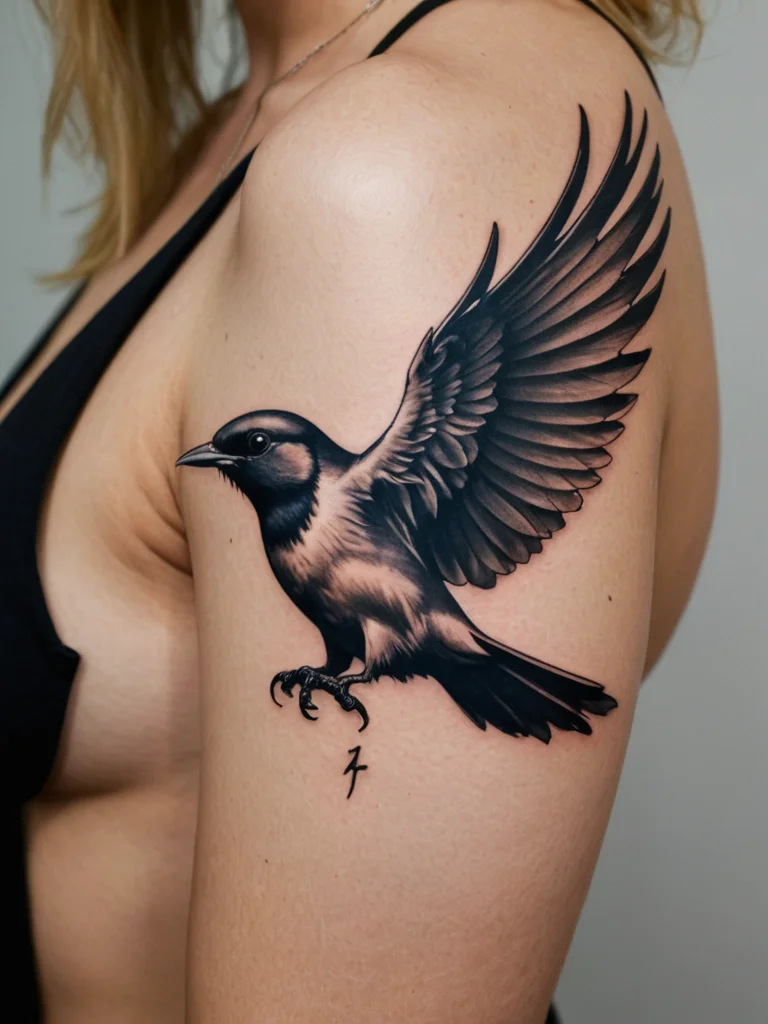
Transforming a name tattoo into a captivating new piece of art is where the true ingenuity of a skilled tattoo artist shines. It’s not about simply drawing over the old, but about employing clever design principles to absorb, disguise, and re-imagine. Here are five creative cover-up strategies that consistently yield impressive results, turning a potentially regrettable mark into a stunning masterpiece that tells a brand new story.
Opaque overlay and blending: The power of density
One of the most straightforward and effective cover-up strategies involves utilizing new designs that are inherently dense, dark, and visually complex enough to completely obscure the underlying name. This technique relies heavily on the opacity of new ink to completely ‘swallow’ the old lines. Tribal patterns, with their bold, heavy lines and solid fills, are classic choices that excel at this. Similarly, abstract designs featuring intricate linework, shading, and solid black areas can effectively break up the visibility of the old text. For instance, a small, faded name on a wrist could be transformed into an elegant, flowing abstract pattern that weaves intricate lines and geometric shapes, making the original letters virtually undetectable. The key is to create so much visual information in the new design that the eye simply cannot discern the old structure beneath.
Nature-inspired designs are also excellent candidates for opaque overlays. A dense forest scene, with overlapping trees, intricate foliage, and deep shadows, can easily hide a name, as the letters blend into the texture and depth of the wood and leaves. Similarly, a powerful, dark ocean wave, perhaps crashing against rocks or containing swirling currents, offers ample opportunity to conceal text within its turbulent forms and deep blues. Large floral pieces, especially those with dark petals or dense arrangements like a blooming rose with thorny stems, can also provide the necessary coverage. The new design needs to have elements that are significantly darker and more saturated than the original name, allowing the artist to strategically place these darker areas over the previous letters, effectively blending them into the shadows and contours of the new artwork. Imagine a delicate name transforming into the rich, velvety texture of a raven’s wing or the shadowy depths of a mountain range at twilight. This approach thrives on bold artistic statements.
Strategic integration and camouflage: Weaving old into new
This strategy is perhaps the most artful and requires a truly creative eye. Instead of merely covering, the artist finds ways to subtly incorporate elements of the existing name into the new design, camouflaging them as natural components of the fresh artwork. This works particularly well if the name has distinctive shapes or curves that can be recontextualized. For example, a graceful ‘S’ could become the flowing body of a snake or the elegant curve of a dragon’s tail. An ‘A’ might be cleverly disguised as the peak of a mountain or the crossbar of an ancient symbol. The horizontal line of a ‘T’ could become a branch of a tree, or the top of a pillar.
This technique is a testament to an artist’s ability to see beyond the obvious. They will often sketch multiple variations, exploring how the contours of the old letters can be subtly manipulated, extended, or integrated into new forms. The goal is to make the transformation appear so organic that observers would never suspect a name was hidden beneath. This often involves intricate details, clever shading, and an understanding of how light and shadow can obscure and reveal. It’s a puzzle solved with ink, where the old pieces are repurposed to build something entirely new and unexpected, often leading to a design that feels deeply personal and uniquely artistic, almost like a secret embedded within the art itself. The beauty of this method lies in its subtlety and the artistic intelligence it demonstrates, transforming a challenge into a truly unique design feature.
Thematic transformation: From dedication to declaration
Beyond the aesthetic, many individuals seek a cover-up to reflect a profound personal change or a new direction in life. Thematic transformation leverages this desire, replacing a name that represents a past bond with a symbol that declares a new identity, a fresh start, or a cherished personal value. This approach focuses less on hiding individual letters and more on overwhelming the old narrative with a powerful new one. For example, if a name tattoo represented a love that ended, the cover-up could be a phoenix, symbolizing rebirth, resilience, and rising from the ashes stronger than before. Or perhaps a compass, pointing towards a new journey and direction in life.
Animals are powerful symbolic choices for this strategy. A lion or bear might signify courage and strength gained through adversity. An owl could represent wisdom acquired from past experiences. Flora, too, offers rich thematic possibilities: a lotus flower symbolizing purity and enlightenment arising from difficulty, or a robust oak tree representing enduring strength and deep roots. The key here is to choose a design that resonates deeply with your current self and your aspirations. The artist’s role is to help you select a symbol that not only covers the old tattoo effectively but also embodies the new meaning you wish to convey, turning a reminder of a past relationship into a powerful talisman for your future. This strategy provides profound psychological closure and empowers the individual to reclaim their skin as a canvas for their evolving self.
Geometric abstraction and pattern work: The art of visual disruption
Geometric designs, mandalas, and intricate pattern work are exceptionally effective for cover-ups due to their inherent complexity and visual density. These styles utilize repeating shapes, precise lines, and often dotwork or stippling to create rich textures that naturally break up the uniformity of underlying text. The intricate patterns draw the eye into the new design, making it almost impossible to discern the original letters beneath. A well-executed geometric cover-up can create a mesmerizing optical illusion, where the old tattoo simply dissolves into the new, dynamic artwork.
Think of a mandala, with its concentric circles and elaborate internal designs, or a series of interlocking sacred geometry patterns. The sheer amount of detail and the strategic placement of darker lines and shaded areas allow the artist to completely obscure the name. This approach is particularly effective for names that are long or awkwardly placed, as the patterns can be extended and adapted to fit almost any body part or existing shape. The visual busyness and systematic complexity of these designs act as a powerful visual disruptor, preventing the brain from forming the recognizable shapes of the old letters. Furthermore, these styles often carry deep symbolic meanings of balance, harmony, and interconnectedness, adding another layer of depth to the cover-up and transforming it into a piece of significant personal art. The careful execution of lines and points creates a dense, almost impenetrable visual field, ensuring the name is thoroughly masked.
Laser lightening first: Expanding the spectrum of possibilities
While not a cover-up strategy in itself, pre-cover-up laser tattoo removal is a game-changer that dramatically expands the artistic possibilities for the actual cover-up. Dark, dense name tattoos pose significant limitations; an artist often has to go even darker and larger to hide them. However, a series of laser sessions can lighten the existing ink significantly, sometimes to a ghostly grey or faint outline. This lightening process doesn’t erase the tattoo entirely but makes it far less dominant, essentially turning down its volume. This is crucial because it allows the cover-up artist much more freedom in their design choices.
When the original tattoo is lighter, the new design doesn’t have to be as heavy, as dark, or as large. This means you can consider a wider range of colors, including lighter hues, and more intricate, less dense designs that wouldn’t have been possible before. For instance, a black name tattoo, once lightened, could be covered by a vibrant watercolor piece, a detailed portrait, or a lighter floral arrangement – styles that would normally be impossible over dark script. While laser removal requires an investment of time, money, and can involve some discomfort, the payoff in terms of artistic freedom and the quality of the final cover-up can be immense. It transforms a challenging canvas into one that offers far greater flexibility, empowering both you and your artist to create a truly bespoke and visually stunning piece that perfectly aligns with your vision, without the ghost of the past peeking through.
Your transformation journey: How to choose an artist and plan your cover-up
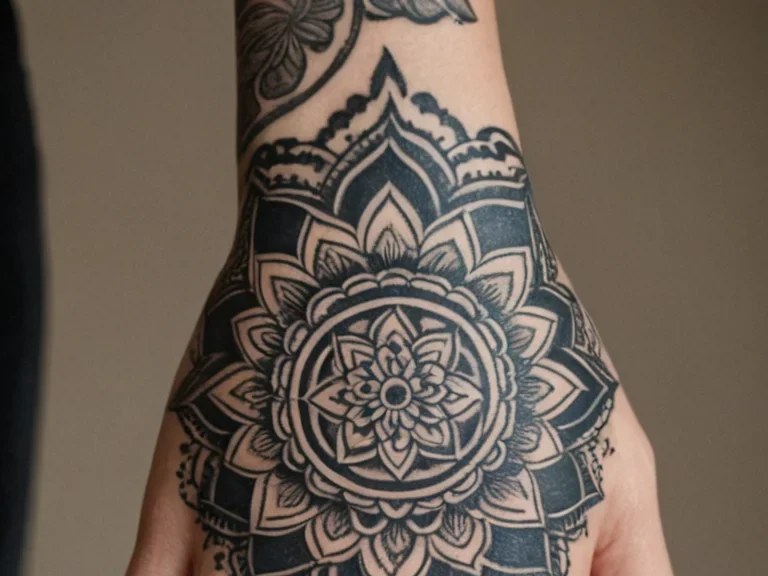
Embarking on a name tattoo cover-up journey is a significant decision, and the success of your transformation hinges almost entirely on selecting the right tattoo artist. This is not a task to be taken lightly; a cover-up demands a higher level of skill, creativity, and problem-solving ability than a virgin tattoo. Therefore, a meticulous approach to finding your artist and planning your new artwork is absolutely paramount. It’s an investment in your skin, your story, and your future comfort with your body art.
The first and most critical step is to find an artist who specializes in or has extensive experience with cover-ups. Do not assume that every talented tattoo artist is equally skilled in this specific niche. Cover-ups require a unique artistic eye – the ability to see not just what can be drawn, but how to cleverly integrate and obscure existing lines within a new design. When reviewing portfolios, pay close attention to before-and-after photos of their cover-up work. Look for examples where the original tattoo is truly undetectable, where the new piece flows naturally, and where the lines and colors are solid and vibrant. An artist who excels in intricate linework, shading, and bold color saturation is often a strong candidate. Their portfolio should demonstrate creative solutions to challenging cover-up scenarios, showcasing their ability to transform, rather than merely mask.
Once you’ve identified potential artists, schedule consultations. This is a vital step in the process, allowing you to discuss your vision, the original tattoo, and the artist’s proposed solutions. During this consultation, be completely honest about your expectations and what you hope to achieve. Bring reference images of styles and themes you like, but also be open to the artist’s professional advice. They are the experts in what is technically feasible and aesthetically pleasing for your specific situation. A good cover-up artist will not only listen intently to your desires but will also explain the limitations and challenges, guiding you towards a realistic and beautiful outcome. They might suggest laser lightening if your existing tattoo is particularly dark, or recommend a larger design than you initially envisioned to ensure complete coverage. This collaborative dialogue is essential for managing expectations and building trust.
The design process for a cover-up is often more iterative and complex than for a new tattoo. Your artist will likely create several sketches, incorporating elements that effectively hide the old name while developing a captivating new piece. Be patient during this phase and provide constructive feedback. Remember that the new tattoo will almost certainly be larger and often denser or darker than the original. This is a necessary compromise to ensure the old ink is completely obscured and the new design stands out on its own merits. The placement of the new design relative to the old is crucial; the artist will consider the flow of your body, muscle contours, and how the new art will sit on your skin, ensuring it looks cohesive and intentional. They are essentially designing around a pre-existing obstacle, which requires immense spatial awareness and foresight.
Finally, be prepared for the financial and time commitment. Cover-ups are generally more expensive than original tattoos of a similar size because they demand more time, skill, and creative effort from the artist. They may also require multiple sessions, especially if the design is large or complex, or if laser lightening is involved. View this as an investment in a piece of art that will bring you joy and confidence for years to come. Do not cut corners or choose an artist based solely on price; the long-term satisfaction of a well-executed cover-up far outweighs any initial cost savings. A detailed quote and session breakdown should be provided during your consultation. Embrace this transformation journey with an open mind, trusting your chosen expert, and anticipating the profound positive impact of your new artwork.
Beyond the ink: Aftercare and embracing your new story
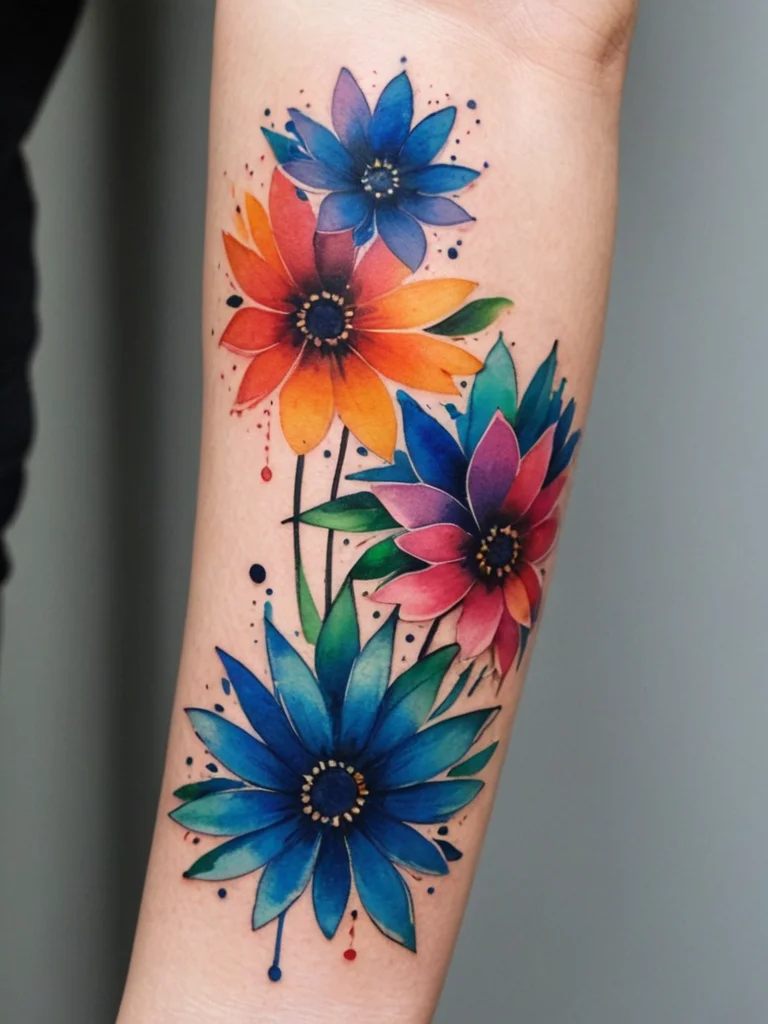
The moment your new cover-up tattoo is complete is truly transformative, marking not just the end of a long-awaited artistic process, but the beginning of a new chapter in your personal narrative. However, the journey doesn’t conclude when the last needle stroke is applied. Proper aftercare is absolutely paramount to ensure your new masterpiece heals beautifully, retains its vibrancy, and effectively keeps the past firmly concealed. A diligently followed aftercare routine protects your investment and ensures the longevity and visual integrity of your new art.
Standard tattoo aftercare principles apply, but with cover-ups, there’s often an amplified need for vigilance due to the increased ink density and potentially more extensive work. Your artist will provide specific instructions tailored to your tattoo, and it is crucial to adhere to them without deviation. Typically, this involves gently cleaning the tattooed area with an unscented, mild antibacterial soap and lukewarm water, usually two to three times a day. After cleaning, the tattoo should be gently patted dry with a clean paper towel – never rubbed – and then a thin layer of an artist-recommended healing ointment or unscented lotion should be applied. The goal is to keep the tattoo moisturized but not oversaturated, allowing it to breathe. Avoid tight clothing that might rub against the healing skin, and refrain from picking at scabs or peeling skin, as this can pull out ink and damage the new design, potentially revealing the underlying tattoo.
Sun protection is another non-negotiable aspect of long-term tattoo care, and it becomes even more critical for cover-ups. UV rays are the primary enemy of tattoo vibrancy, causing ink to fade and blur over time. For a cover-up, fading can potentially expose the original name you worked so hard to conceal. Once the tattoo is fully healed, consistently apply a high-SPF sunscreen to the area whenever it will be exposed to sunlight. During the initial healing phase, which can last anywhere from two to four weeks depending on the size and complexity of the cover-up, direct sun exposure, prolonged soaking in water (baths, pools, oceans), and intense physical activity that might stretch or irritate the skin should be strictly avoided. The healing process for a dense cover-up can sometimes feel more intense than a simple tattoo, possibly involving more swelling or tenderness, so patience and diligent care are essential.
Beyond the physical aftercare, there is a profound psychological dimension to a successful cover-up. This new tattoo is more than just ink on your skin; it is a powerful symbol of moving forward, of healing, and of reclaiming your autonomy. It represents a conscious decision to transform something that once caused discomfort into a source of pride and beauty. For many, covering a name tattoo is an act of closure, a visual release from a past relationship or circumstance that no longer serves them. It’s about asserting control over your own body and your own narrative, choosing to carry a story of resilience and transformation rather than one of lingering regret.
Embracing your new story means looking at your skin and feeling a sense of empowerment. It means knowing that you’ve navigated a challenging situation and emerged with something uniquely beautiful and meaningful. This new artwork serves as a reminder of your strength, adaptability, and capacity for growth. It’s a testament to your ability to turn challenges into triumphs, to rewrite your personal history with creativity and courage. The beauty of body art lies not just in its aesthetic appeal, but in its profound capacity to reflect our inner lives and evolving journeys. Your name tattoo cover-up is a vibrant, living testament to your personal evolution, a visible declaration that you are the author of your own story, endlessly capable of transformation.